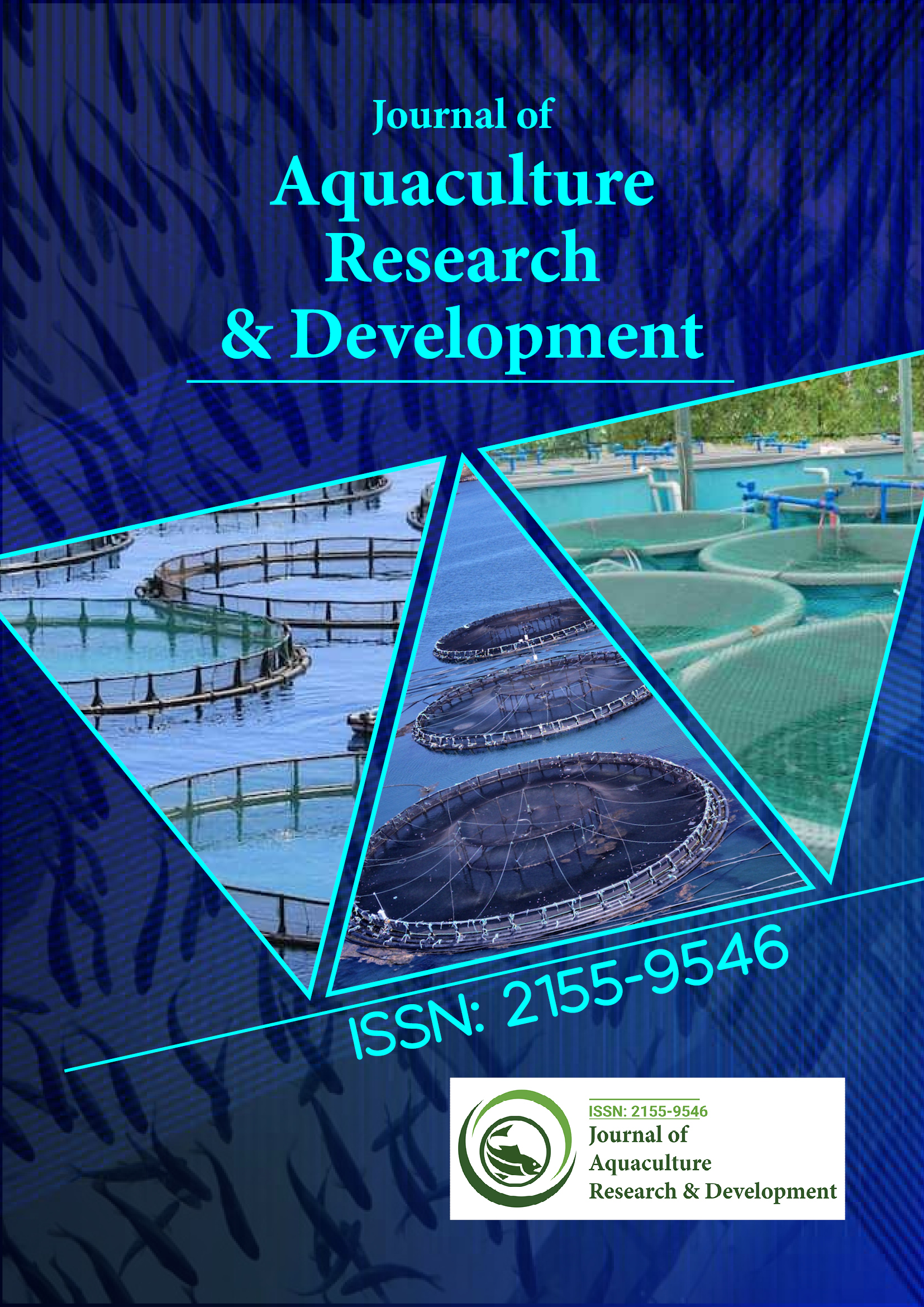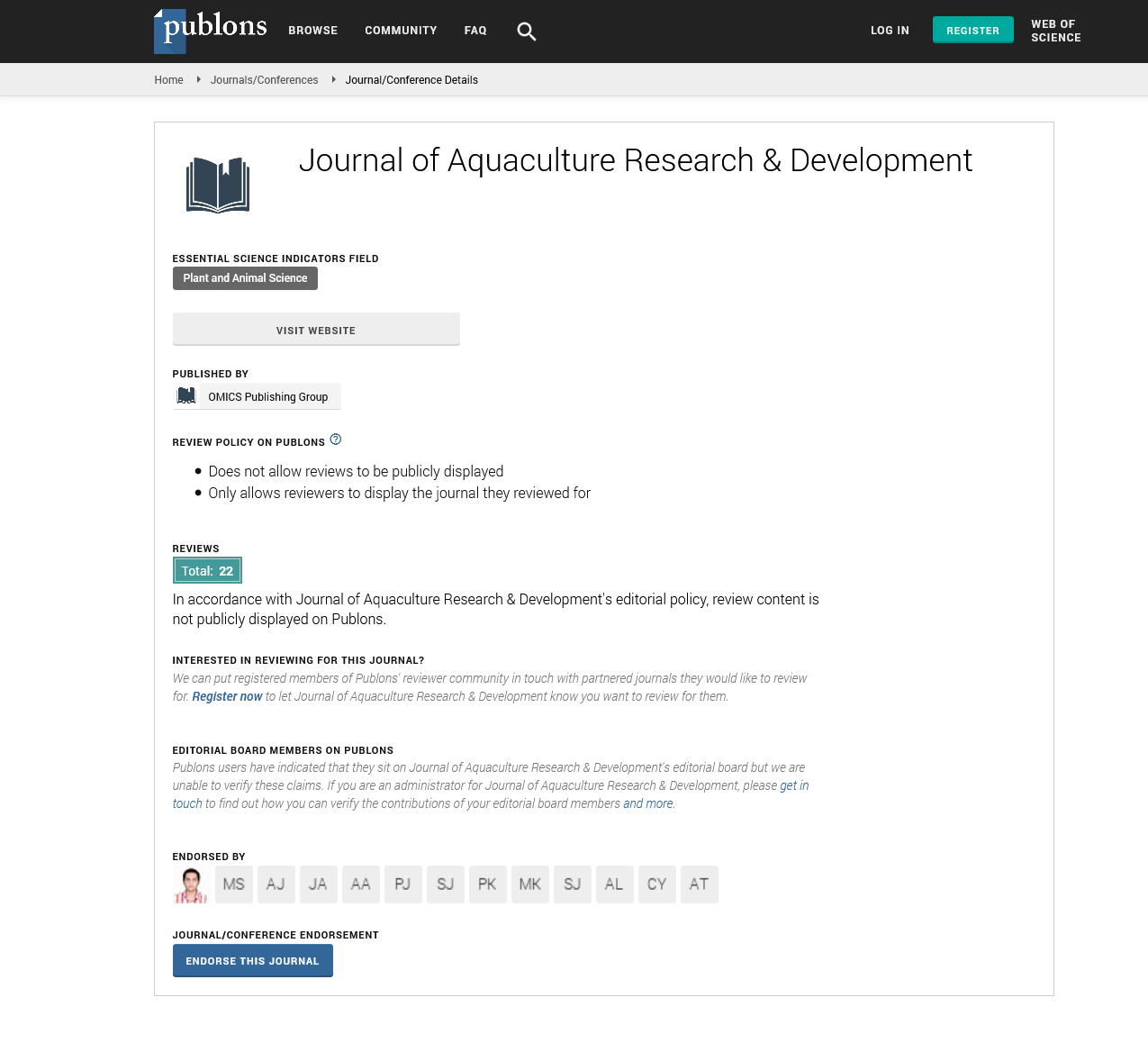Indexed In
- Online Access to Research in the Environment (OARE)
- Open J Gate
- Genamics JournalSeek
- JournalTOCs
- Scimago
- Ulrich's Periodicals Directory
- Access to Global Online Research in Agriculture (AGORA)
- Electronic Journals Library
- Centre for Agriculture and Biosciences International (CABI)
- RefSeek
- Directory of Research Journal Indexing (DRJI)
- Hamdard University
- EBSCO A-Z
- OCLC- WorldCat
- Scholarsteer
- SWB online catalog
- Virtual Library of Biology (vifabio)
- Publons
- MIAR
- University Grants Commission
- Euro Pub
- Google Scholar
Useful Links
Share This Page
Journal Flyer

Open Access Journals
- Agri and Aquaculture
- Biochemistry
- Bioinformatics & Systems Biology
- Business & Management
- Chemistry
- Clinical Sciences
- Engineering
- Food & Nutrition
- General Science
- Genetics & Molecular Biology
- Immunology & Microbiology
- Medical Sciences
- Neuroscience & Psychology
- Nursing & Health Care
- Pharmaceutical Sciences
Opinion - (2025) Volume 16, Issue 6
Functional Roles of Plankton Size Classes in Wetland Lake Food Webs
Krister Vainio*Received: 26-May-2025, Manuscript No. JARD-25-29777 ; Editor assigned: 28-May-2025, Pre QC No. JARD-25-29777 (PQ); Reviewed: 11-Jun-2025, QC No. JARD-25-29777 ; Revised: 18-Jun-2025, Manuscript No. JARD-25-29777 (R); Published: 25-Jun-2025, DOI: 10.35248/2155-9546.25.16.1004
Description
Wetland lakes are unique ecosystems that host a wide array of organisms and serve as important biodiversity hotspots. Among their most significant biological components are planktonic communities, which function as the foundation of aquatic food webs. Eukaryotic plankton, which include diverse groups of algae and protozoa, are especially important due to their dual roles as primary producers and grazers of bacteria. The study of their size structure and species composition provides insights into ecological processes, nutrient cycling and the overall productivity of wetland ecosystems. Wetland lakes, because of their dynamic hydrological regimes and nutrient inputs, often display complex plankton community structures that respond to seasonal, spatial and anthropogenic factors.
Eukaryotic plankton in wetland ecosystems
Eukaryotic plankton are central to wetland functioning. Phytoplankton such as green algae, diatoms, dinoflagellates and cryptophytes provide the primary source of organic matter through photosynthesis. Heterotrophic eukaryotes, including ciliates and flagellates, regulate bacterial populations and recycle nutrients back into the system. The size distribution of these organisms influences the efficiency of energy transfer in food webs, with small species being consumed by microzooplankton and larger species supporting higher trophic levels such as zooplankton and fish larvae.
The richness and evenness of planktonic species in wetlands contribute to ecosystem resilience. A diverse plankton community can buffer against disturbances by maintaining primary production under variable conditions. Thus, the assessment of plankton size structure and species composition is not only valuable for ecological research but also for conservation and management of wetland ecosystems.
Species composition of eukaryotic plankton
The taxonomic composition of eukaryotic plankton is diverse and shaped by environmental drivers. Green algae dominate in nutrient-enriched lakes, diatoms prevail in cooler or silica-rich waters and dinoflagellates adapt well to varied light conditions. Cryptophytes and chrysophytes are widespread in fluctuating or nutrient-poor lakes, while ciliates and heterotrophic flagellates regulate microbial populations. Seasonal dynamics often shift dominance among these groups, with diatoms flourishing in cooler months and chlorophytes thriving in warmer conditions.
Environmental factors influencing plankton size
Nutrient availability, light penetration, hydrological fluctuations, temperature and grazing pressure are key regulators of plankton dynamics in wetland lakes. Nutrient-rich environments often favor larger microplankton, while nutrient-poor systems support pico- and nano-sized species. Turbidity and water transparency influence which plankton types can survive under limited light conditions. Seasonal warming enhances the growth of small, fast-reproducing species, while cooler conditions favor diatoms. Zooplankton grazing further alters the balance by selectively consuming particular size classes.
Plankton size structure and diversity
The size structure and species diversity of eukaryotic plankton directly influence energy flow, nutrient cycling and food web stability in wetlands. Smaller plankton sustain microbial food webs, while larger plankton efficiently transfer energy to zooplankton and fish larvae. Diatoms contribute to the silica cycle, mixotrophic species recycle organic matter and cryptophytes provide a high-quality food source for grazers. High species richness ensures that ecosystems remain resilient under changing conditions and specific plankton taxa act as indicators of ecological status.
Plankton communities
Research on plankton size structure and diversity relies on a combination of traditional and modern techniques. Microscopy remains a fundamental tool for taxonomic identification, while flow cytometry provides rapid assessments of size and abundance. Molecular approaches such as DNA sequencing uncover hidden diversity among small eukaryotes. Imaging and remote sensing techniques are increasingly used to study biomass patterns over larger scales. Integrating these methods allows for a more comprehensive understanding of plankton dynamics.
Eukaryotic plankton in wetland lakes exhibit complex size structures and species compositions that are shaped by environmental and biological interactions. The balance among small and large plankton, along with the diversity of groups such as diatoms, green algae and cryptophytes, underpins the productivity and resilience of wetland ecosystems. Understanding these dynamics is essential for conserving wetlands and sustaining their ecological services. Continued research integrating advanced methods and long-term data will deepen insights into the role of eukaryotic plankton and support effective ecosystem management.
Citation: Vainio K (2025). Functional Roles of Plankton Size Classes in Wetland Lake Food Webs. J Aquac Res Dev. 16:1004.
Copyright: © 2025 Vainio K. This is an open-access article distributed under the terms of the Creative Commons Attribution License, which permits unrestricted use, distribution, and reproduction in any medium, provided the original author and source are credited.

